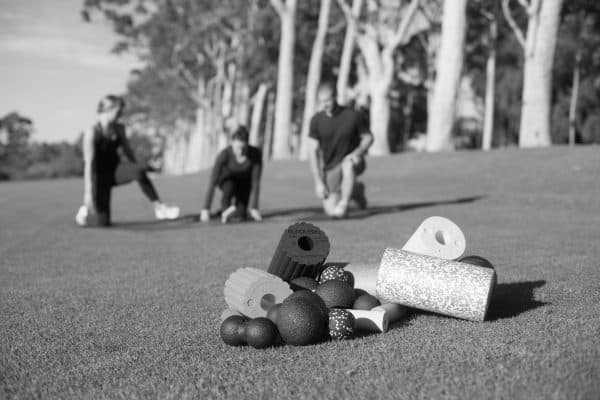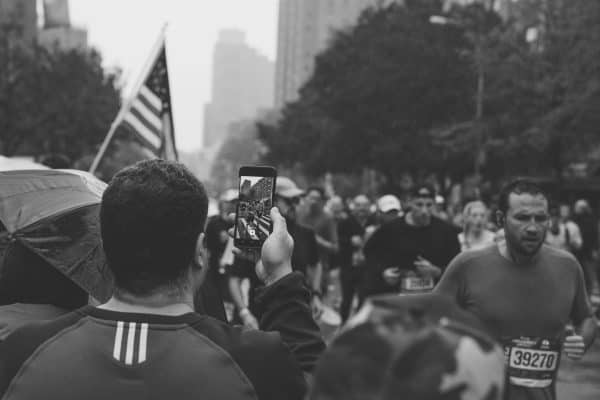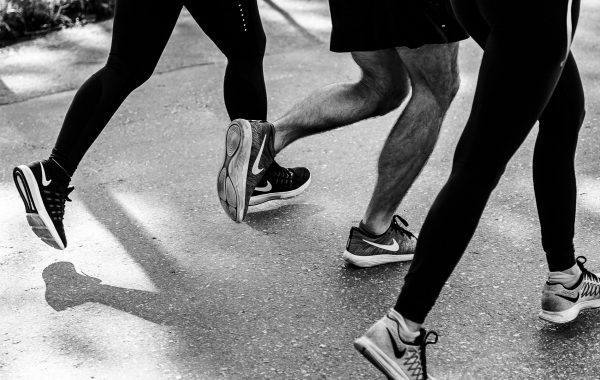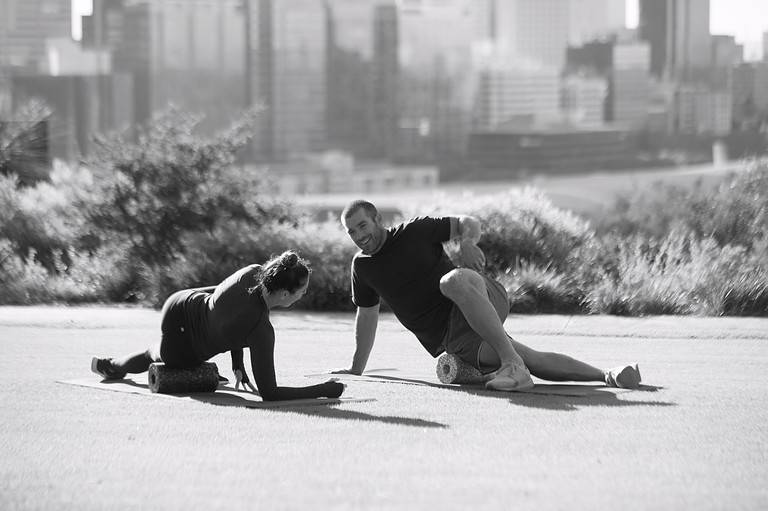As a physio, I have a keen interest in preventative measures, constantly researching the latest evidence and looking for scientifically proven interventions to help people with various conditions.
Many supplements, treatment techniques, miracle foods, medications and diets are touted to be the cure, the next big thing, the panacea, the silver bullet that cures all, but put to the test in clinical research, fail miserably. But the news is not all bad. There is a scientifically proven intervention, which, beyond all doubt, helps with most things.
Sounds too good to be true?! Keep reading…
This particular therapy has been clinically proven to:
- Aid weight loss
- Be more beneficial for depression than Prozac
- Be as effective in treating depression as psychotherapy
- Help reduce the prevalence of Type 2 Diabetes
- Reduce pain and disability in knee arthritis sufferers
- Be excellent at reducing the risk of low back pain and neck pain, particularly in office workers
- Be an effective alternative to medication in the treatment of Chronic Insomnia
- Have an enormously positive effect on quality of life
- Additionally, the wonder treatment has almost no negative side effects.
So what is it?
EXERCISE (I never said this was a new therapy!).
Exercising-for-health really only gained popularity in the 70s and has become the cornerstone of wellbeing for millions of people. But for many others, the sedentary lifestyle being led courtesy of the office desk, car and television are leaving us at risk of chronic disease, mental health disorders and early death.
The World Health Organisation suggests adults should exercise for at least 150 minutes per week, but industry experts believe this figure should be upwards of four hours. Bear in mind that exercise takes on all forms. It can be walking, running, yoga, pilates, resistance training, boxing or any other number of options.
It’s not what it seems
Exercise can even involve gardening, vacuuming and running around with your kids. It should be fun, easily accessible, inexpensive and fit in with your lifestyle. Now, I know I’m probably preaching to the converted here, so rather than being a rant; this is more a “dip of the lid” to everyone involved in organisations or clubs, or anyone exercising and being active for their fight against what was recently described, at a forum in London, as “a pandemic of physical inactivity”.
Whats the secret?
Consistency is key to training and exercise. Not every run will be your fastest, your longest or even a personal best time, and nor should it be. Not every training session will leave you feeling on top of the world. Simply focus on getting the best you can out of each run on the day and try not to skip a session unless you’re injured or ill. Having a plan, training with others, trying a new distance or entering races are some ways that can keep you motivated and consistent, meaning that you’re more likely to achieve your goals and tap into all the benefits of exercise. Hippocrates, who left us with much wisdom and advice, was rumoured to have said: “Walking is man’s best medicine”. I think running is even better!
Keep it up and get your family and friends involved too.
Some unpleasant truths
On average, every single hour of TV viewed after the age of 25 reduces the viewer’s life expectancy by 21.8 minutes. Recent studies suggest that the cost of inactivity in the world was $67.5 billion (US), and this figure is rising.







